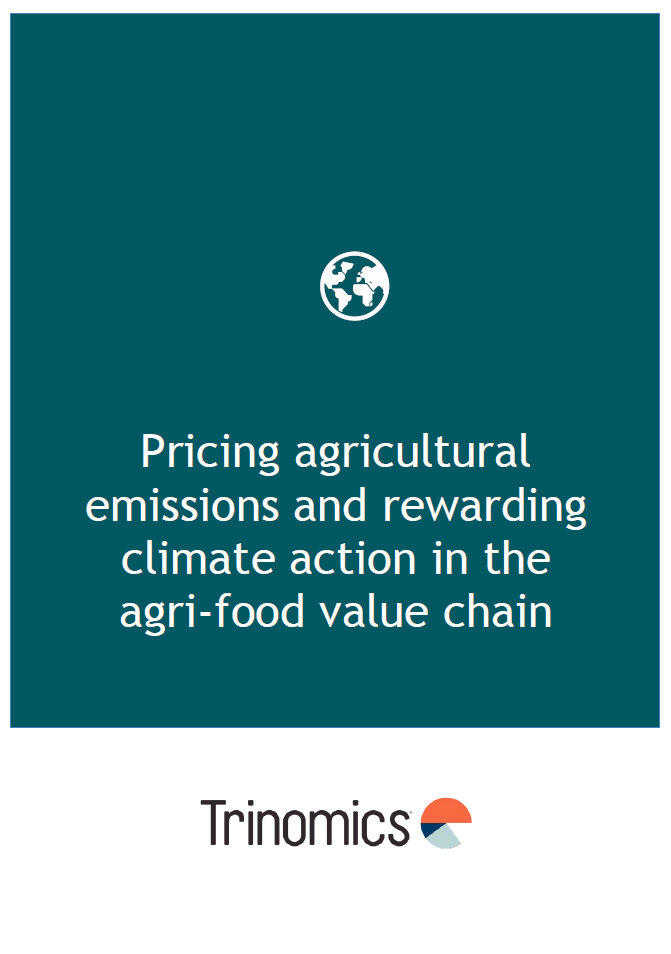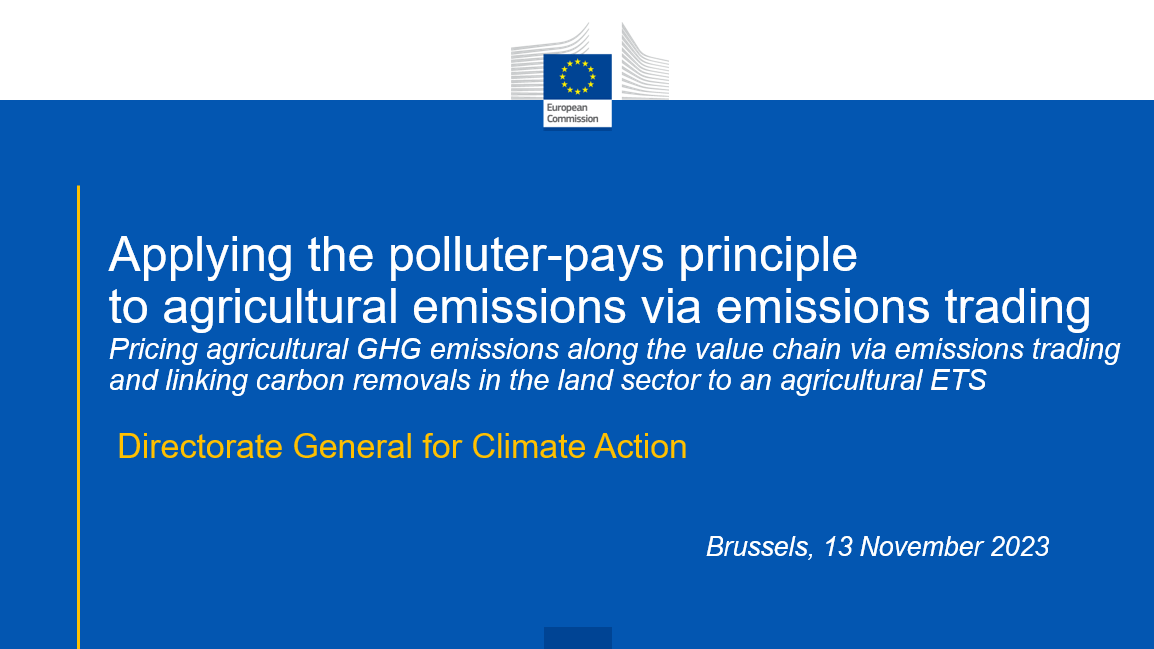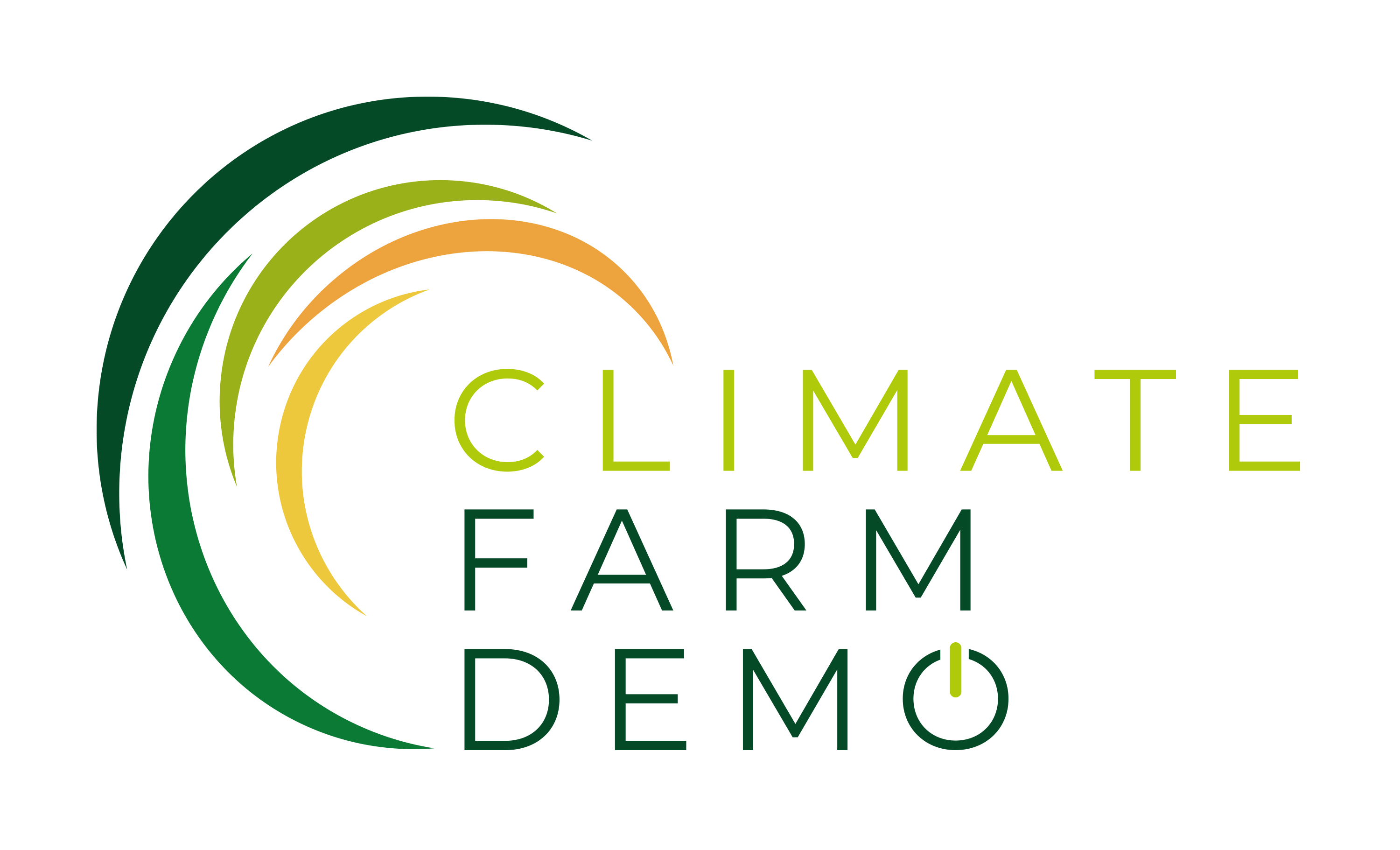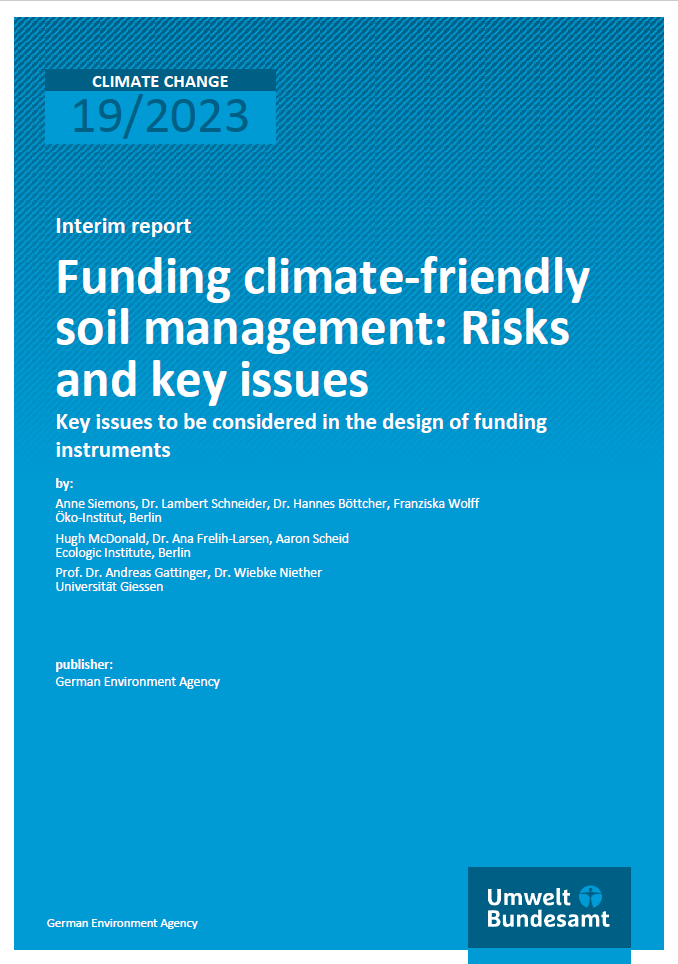Pricing Agricultural Emissions and Rewarding Climate Action in the Agri-food Value Chain
- Publication
- Citation
Bognar, Julia et al. 2023: Pricing agricultural emissions and rewarding climate action in the agri-food value chain. Rotterdam: Trinomics.
The agriculture and land sectors must mitigate greenhouse gas emissions for the EU to meet its climate targets. In a new report published by the European Commission's DG CLIMA, Ecologic Institute, IEEP, and Trinomics investigate how an emissions trading system (ETS) could price greenhouse gas emissions from agricultural activities, and how this can be accompanied by providing farmers and other landowners with financial incentives to carry out land-based carbon removals.
The study responds to a 2021 report by the European Court of Auditors, which recommended that the Commission should "assess the potential of applying the polluter-pays principle to agricultural emissions, and reward farmers for long-term carbon removals". Focussing specifically on emissions-trading approaches, the study develops and evaluates policy options, as well as identifying key cross-cutting issues that must be addressed to implement effective emissions trading in the land sector.
Part one of the study develops five emissions trading system options for applying the polluter-pays principle to agricultural greenhouse gas emissions. They differ by point of obligation, i.e. whether farmers, meat/dairy processors, or fertiliser/feed sellers are direct participants in the emissions trading scheme. They also differ by scope, i.e. what types of agricultural emissions are covered. Each are assessed according to their effectiveness, efficiency, relevance, coherence and added value.
Part two of the study explores how an emissions trading system on agriculture could be used to financially reward carbon removals from Land Use, Land Use Change, and Forestry (LULUCF). The study provides an overview of LULUCF removals options, highlighting key challenges such as their non-permanence and quantification. The study also identifies different policy models for linking an agricultural emissions trading scheme to LULUCF removals, and design choices to support an effective and efficient system.
Key conclusions from the study include:
- Stronger economic incentives could boost climate action in EU agriculture and land sectors. An emissions trading system could generate these economic incentives, but other policies should also be explored.
- Monitoring, reporting, and verification of emissions and carbon removals must prioritise environmental integrity but also consider cost-effectiveness – this poses a challenge for quantifying both agricultural emissions but especially LULUCF removals.
- Different agricultural ETS policy options have different strengths and weaknesses. "On-farm" options that include farmers as direct participants directly incentivise them to mitigate, but have higher complexity and administrative costs. "Downstream" and "upstream" options, that involve dairy and meat processors or fertiliser and feed sellers as participants, would be simpler to implement and could instigate value-chain approaches to mitigation but may offer fewer mitigation options to farmers.
- Linking LULUCF to an agricultural emissions trading scheme poses risks for the climate because LULUCF carbon removals are not equivalent to agricultural emissions reductions, particularly due to the risk of non-permanence. Survey respondents and workshop participants emphasised the importance of this issue.
- A number of open questions remain. Regardless of which policy options are pursued, the EU needs better monitoring, reporting, and verification tools and must work with farmers to transition to sustainability.
Ecologic Institute led the second part of the study on linking to LULUCF removals, as well as work focussed on the "downstream" agricultural emissions trading scheme option. IEEP led part one of the study. Trinomics coordinated the project, which was also supported by Carbon Counts and Umweltbundesamt.








